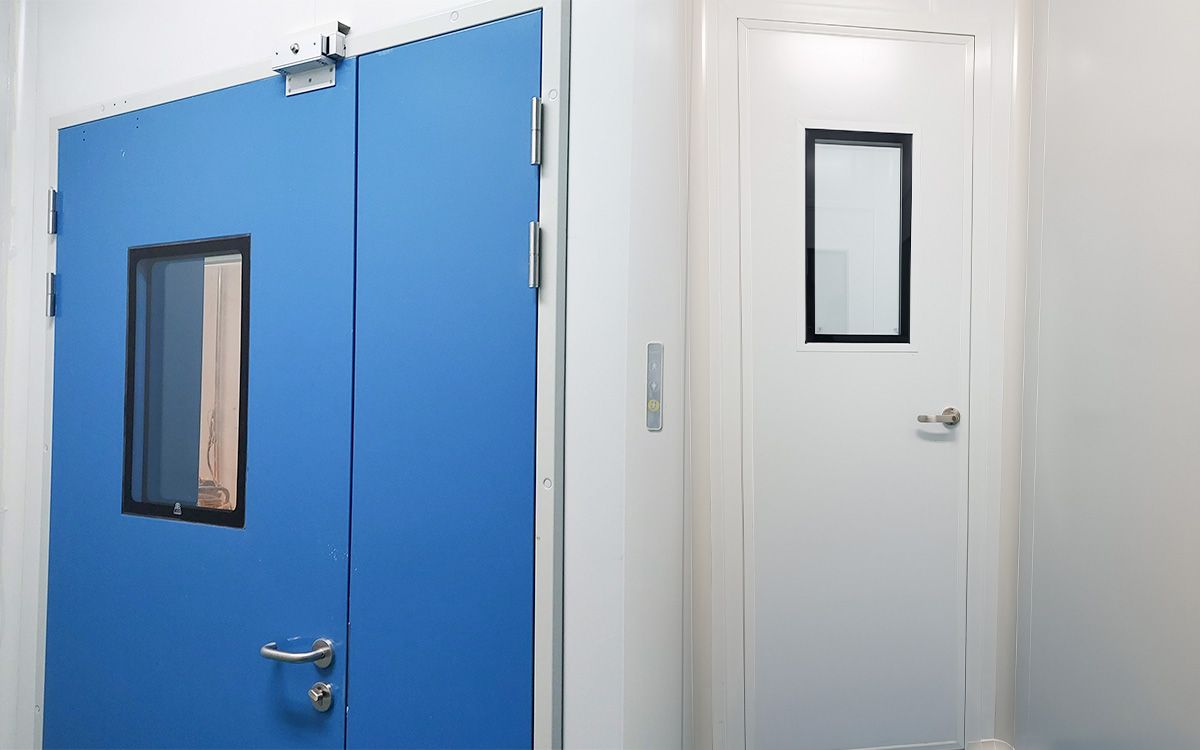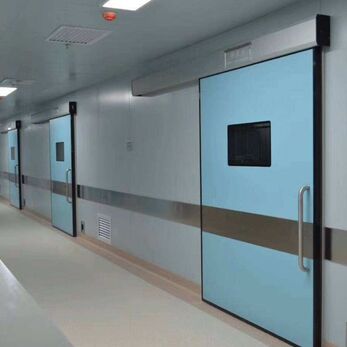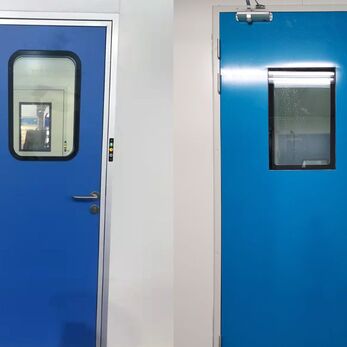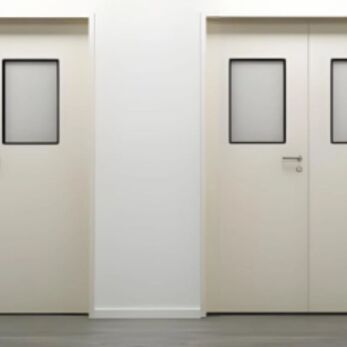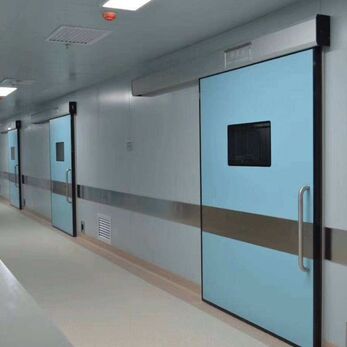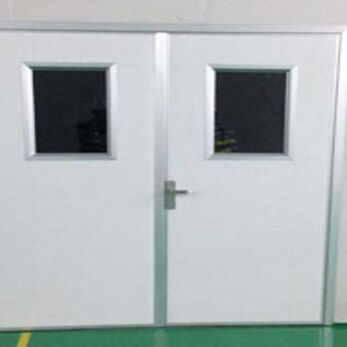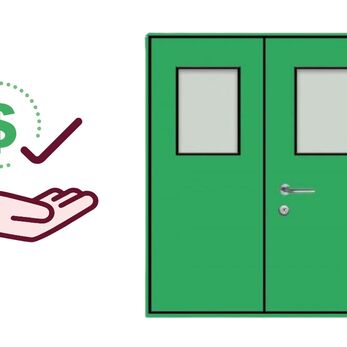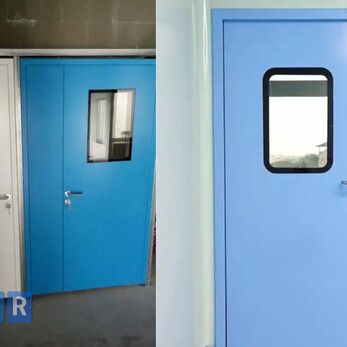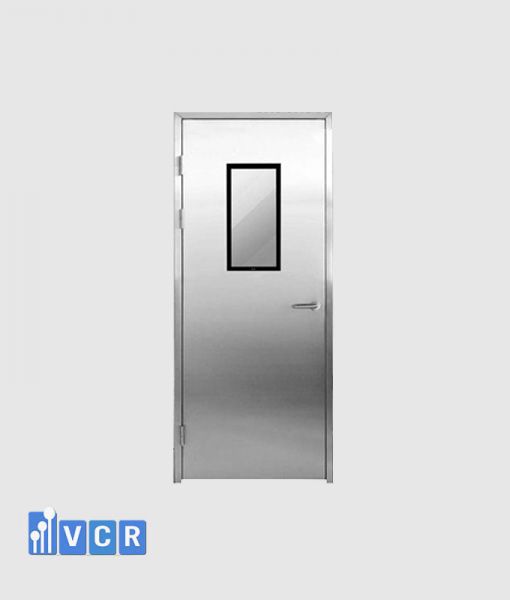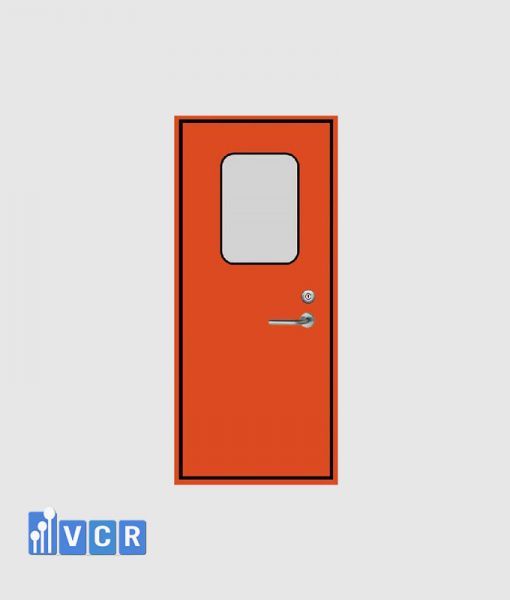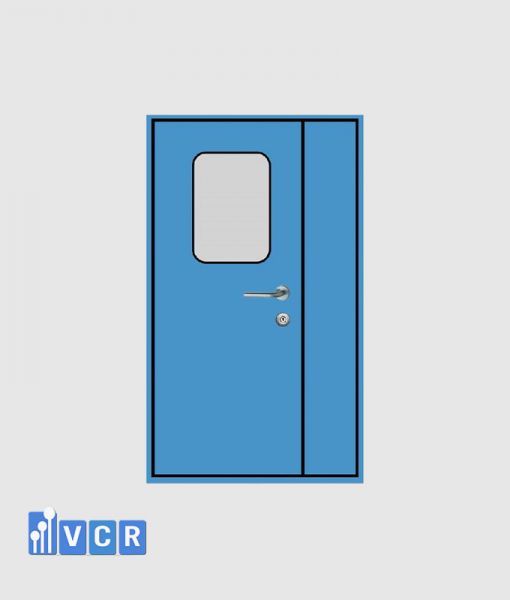Cleanroom doors play a critical role in maintaining the controlled environment essential for sensitive research, pharmaceutical production, and other applications.
- Compatibility with Wall System
- Door Surface Material
- Door Core Material
- Door Gasket Selection
- Cleanroom Door Window Considerations
- Smooth and Flat Surface
- Ease of Installation and Compatibility
- Panel Thickness and Material
- Sealing Performance
- Chemical Resistance
- Safety and Glass Selection
- Antistatic Surface
- High-Quality Hardware
- Door Lock System
- Warranty and After-Sales Service
- Conclusion:
Choosing the right door requires careful consideration of several factors to ensure optimal performance and suitability for your specific needs. Here's an expanded guide to selecting the ideal cleanroom door:
Compatibility with Wall System
- Wall Material: The initial step involves determining your cleanroom's wall construction. Brick walls, commonly found in older hospital cleanrooms, necessitate different door frames compared to the more prevalent cleanroom wall panels (sandwich panels).
- Panel Type: Sandwich panels come in two primary varieties: manual and machine-made. Manual panels utilize flat door frames, while machine-made panels require clamping frames for secure installation.
- Core Material: Understanding the core material of your sandwich panel (rockwool or honeycomb paper) is crucial for proper door frame selection and compatibility.
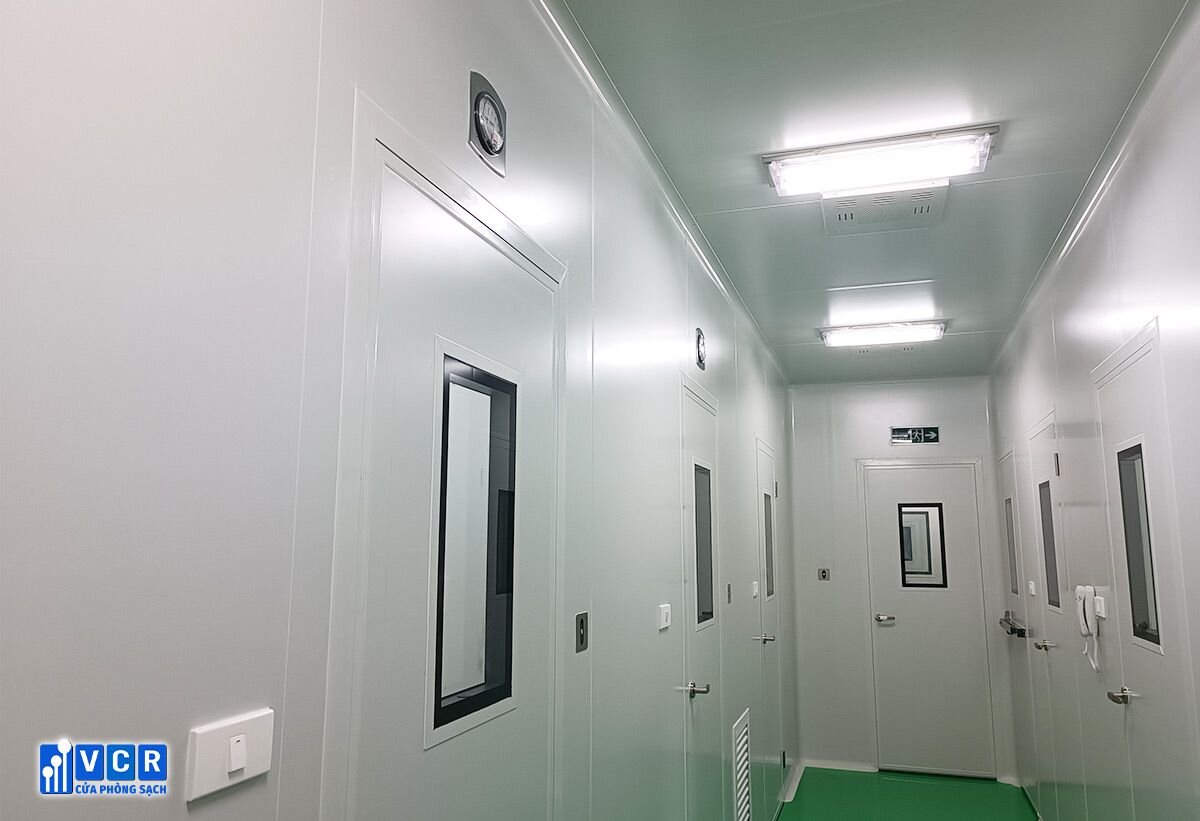
Door Surface Material
- Material Options: The two most common cleanroom door surface materials are galvanized steel and stainless steel.
- Selection Criteria: Galvanized steel offers an economical choice often used in hospital operating rooms and industrial cleanrooms. For projects demanding superior qualities like corrosion resistance and extended service life, stainless steel is the preferred option.
Door Core Material
- Performance Impact: The core material significantly influences the door's performance characteristics. Aluminum honeycomb and paper honeycomb are the dominant choices in the market.
- Aluminum Honeycomb: This core material offers significant advantages, including superior weight-bearing capacity, a longer lifespan, and inherent resistance to moisture, insects, and corrosion. For high-specification cleanroom projects, aluminum honeycomb is the recommended core material.
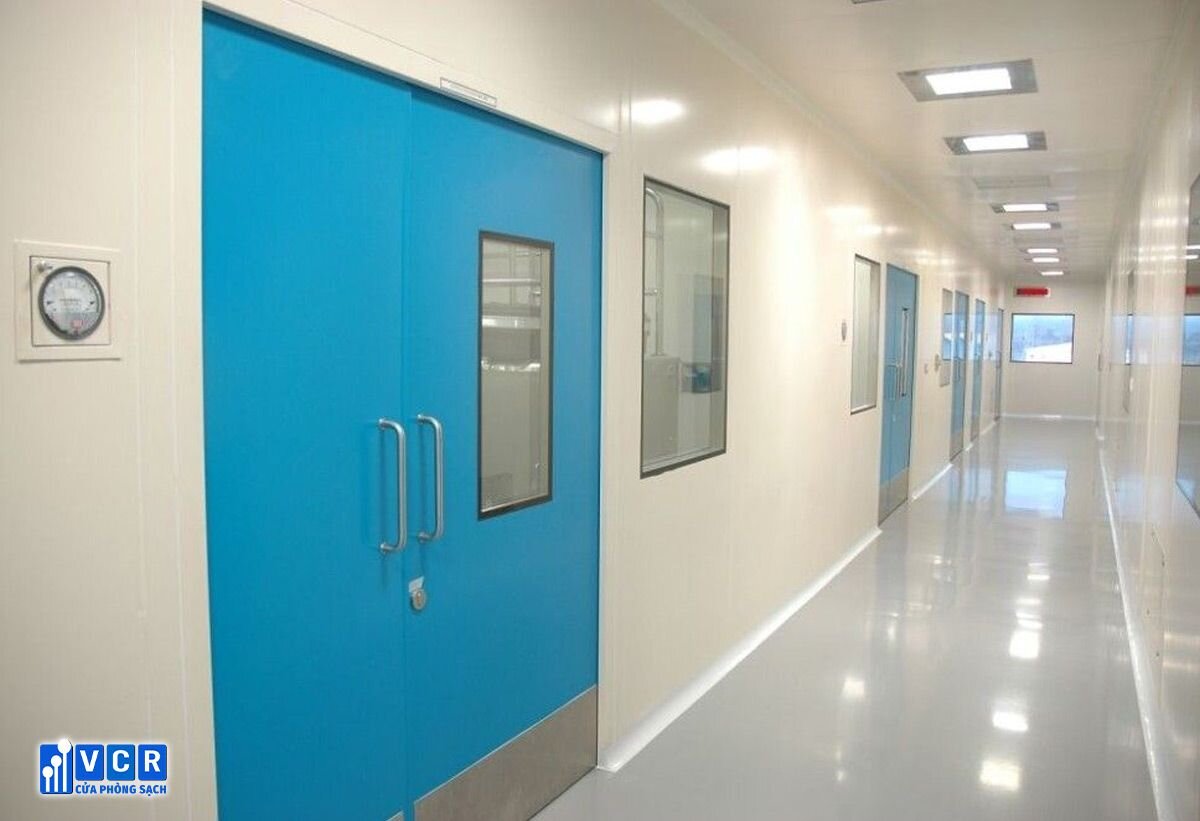
See more: 10 Essential Precautions for Safe and Optimal Use of Cleanroom Automatic Doors
Door Gasket Selection
- Gasket Types: Two primary cleanroom door gasket categories exist: standard and glued. Standard gaskets generally offer superior longevity compared to glued versions.
- Gasket Importance: Door gaskets form a critical seal, preventing air infiltration and maintaining the cleanroom's controlled environment. Choosing the right gasket type ensures optimal sealing performance.
Cleanroom Door Window Considerations
- Tempered Glass: Cleanroom door windows typically utilize double-layered tempered glass for enhanced safety and durability.
- Double Glazing: The double-glazed window construction features a hollow, sealed space between the glass layers. This design minimizes heat transfer and helps maintain consistent temperature and humidity levels within the cleanroom.
- 3C Certification: When selecting a glass window, look for the 3C marking, indicating it meets the relevant Chinese safety and quality standards (applicable if your project is located in China).
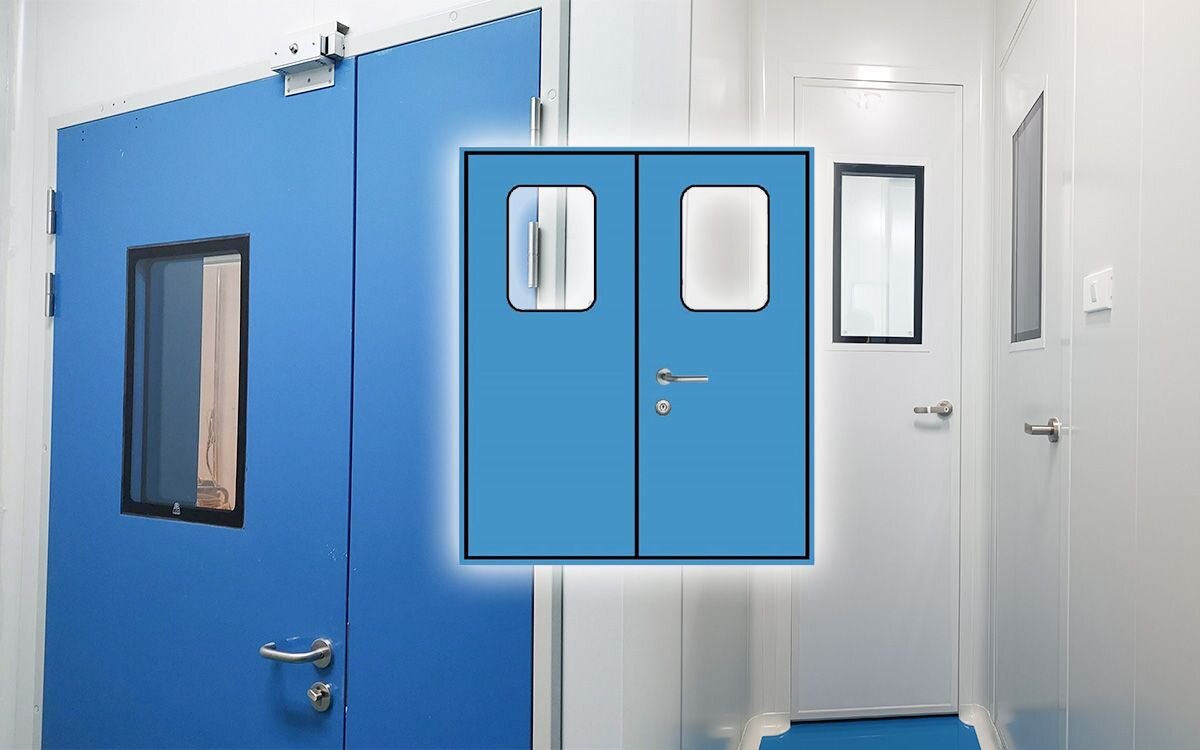
See more: Cleanroom Steel Door Installation
Smooth and Flat Surface
- Cleanability and Dust Control: A flat surface on both sides of the door minimizes crevices and facilitates thorough cleaning and disinfection. This helps prevent dust accumulation and promotes a hygienic environment.
- Window Integration: An ideal door seamlessly integrates a window that aligns with the cleanroom wall. This window should be constructed with appropriate materials for the cleanroom environment.
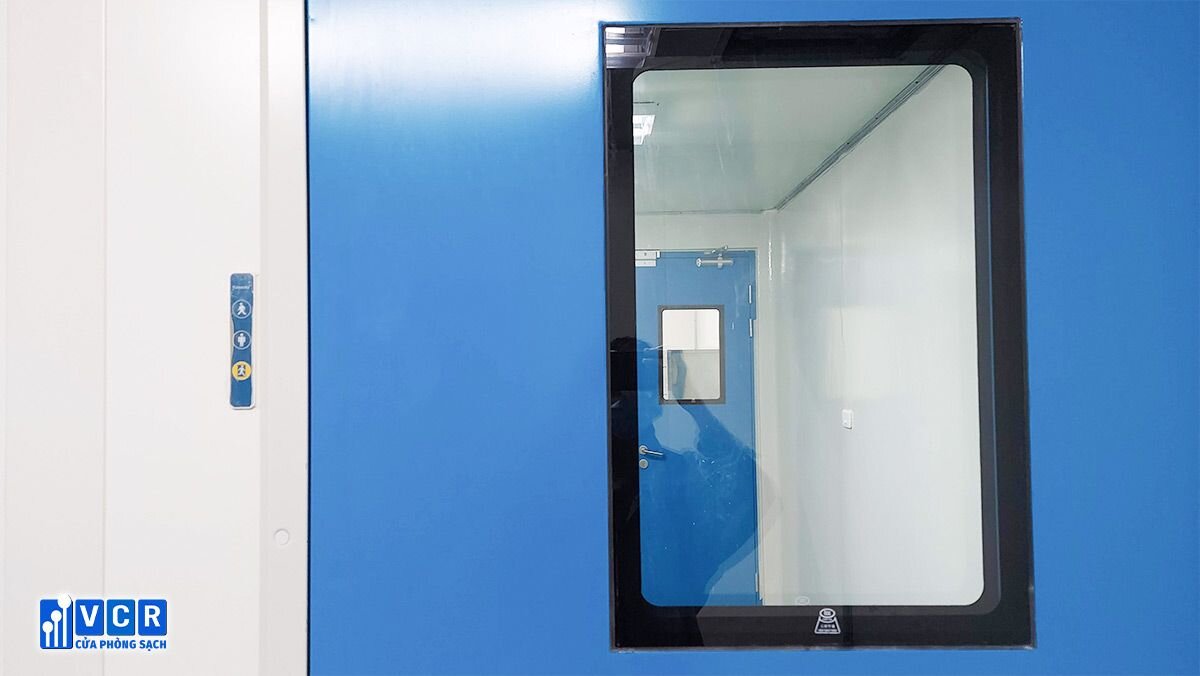
Ease of Installation and Compatibility
- Compatibility with Existing Systems: Ensure the chosen door can be integrated with your existing cleanroom wall system and control protocols. Avoid situations where replacing a specific component requires purchasing from the original door manufacturer, potentially jeopardizing cleanroom integrity.
- Customization: Look for suppliers who offer customization options to match your specific requirements and integrate seamlessly with your cleanroom layout.
Panel Thickness and Material
- Structural Integrity: The door panel should be sufficiently thick (minimum 40mm) to withstand daily use and maintain its structural integrity. This ensures the door functions effectively as a barrier and maintains the pressure differential within the cleanroom.
- Material Selection: Aluminum alloy is a popular choice for the outer door panel material due to its durability, strength, and lightweight properties.
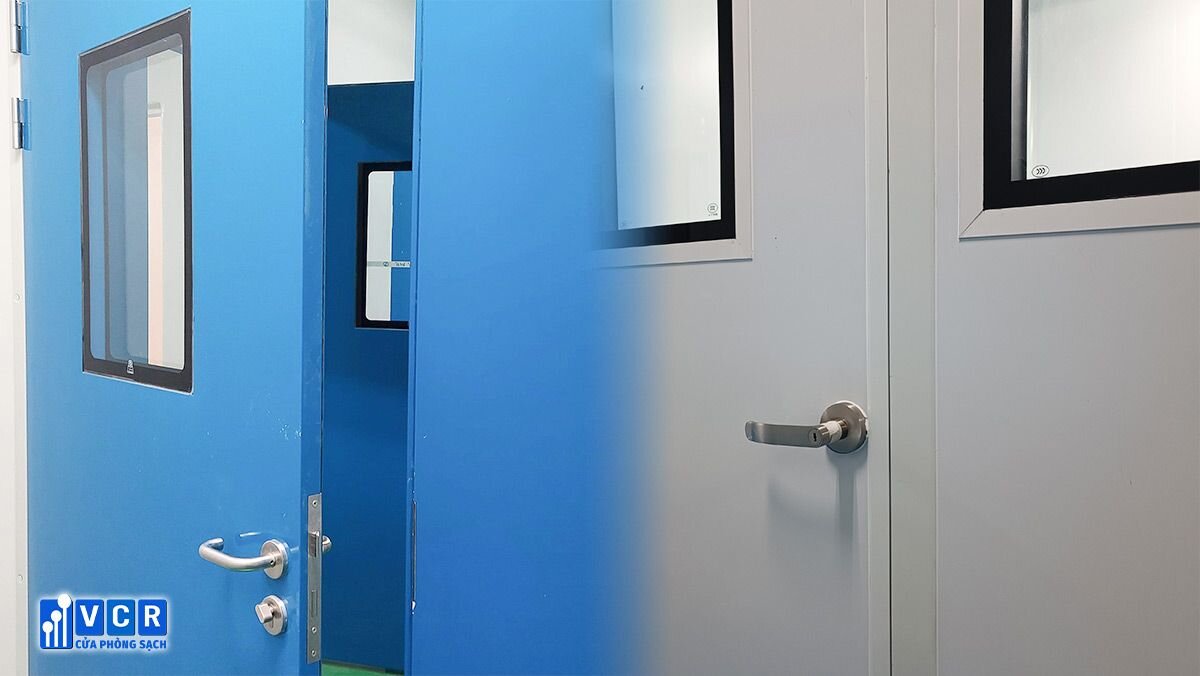
See more: Why Steel Doors Shine in Cleanroom Environments
Sealing Performance
- Airtightness: A critical factor is the door's sealing performance, measured in cubic meters per hour per square meter of door area at a specific pressure differential (Pa). Aim for a sealing performance of 3.5 m3/hm2 at 200Pa or better.
- Sealing Mechanisms: Rubber seals or double-layer seals are often employed to enhance sealing performance and minimize air infiltration, maintaining the cleanroom environment.
Chemical Resistance
Disinfection Compatibility: Cleanrooms undergo regular disinfection using various cleaning chemicals. The door material should exhibit superior chemical resistance to ensure long-term durability and withstand cleaning procedures without degradation.
Safety and Glass Selection
- Safety Regulations: Cleanroom doors must comply with relevant safety standards for materials and construction.
- Tempered Glass: For doors with windows, consider tempered glass. This type of glass shatters into blunt fragments if broken, minimizing injury risk and maintaining some level of containment.
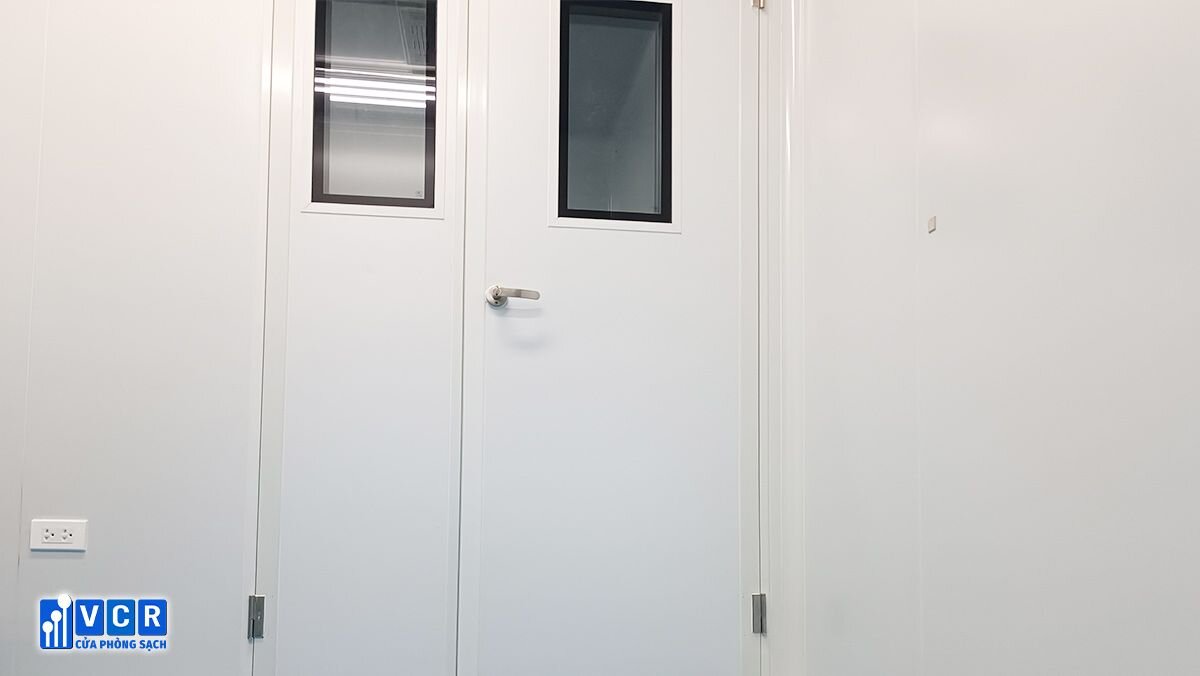
Antistatic Surface
Electrostatic Control: An antistatic surface prevents the door from attracting and harboring dust particles. This minimizes contamination risks and contributes to a cleaner environment.
High-Quality Hardware
Durability and Functionality: Not only the door surface, but also all hardware components like locks, hinges, and aluminum profiles, should be of high quality to ensure long-term reliability and smooth operation.
Door Lock System
- Redundancy: The door lock system should ideally incorporate both mechanical and electrical locks. This ensures continued functionality even in case of electrical power failures.
- Automatic Operation and Interlocks: Automatic door opening and closing mechanisms enhance convenience and access control. Interlocking systems can further prevent cross-contamination between adjacent cleanroom areas.
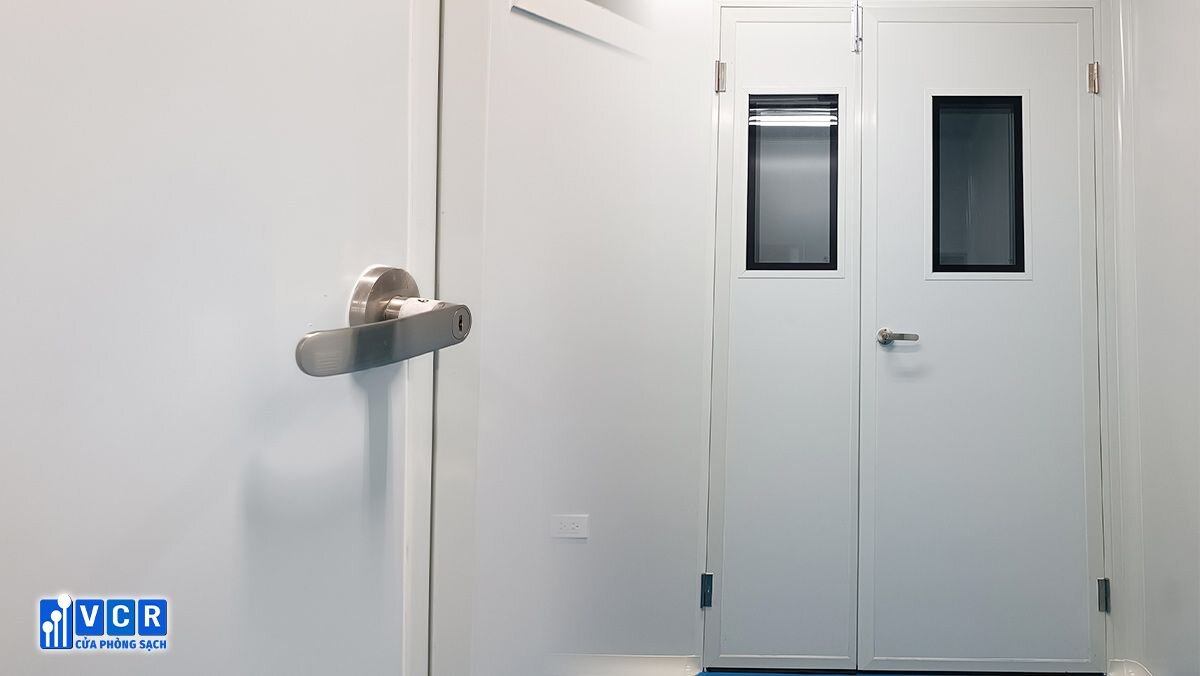
Warranty and After-Sales Service
Long-Term Support: When selecting a supplier, consider their warranty policy and after-sales service offerings. Reliable after-sales support ensures prompt assistance with any issues that may arise after installation, potentially minimizing downtime and repair costs. Look for suppliers who offer repair options rather than requiring complete door replacements for minor issues.
Conclusion:
By carefully considering these five factors - wall system compatibility, surface material, core material, gasket selection, and window features - you can make an informed decision when choosing a cleanroom door. This ensures the door aligns seamlessly with your specific cleanroom environment and supports optimal performance in maintaining a controlled and contaminant-free space.




